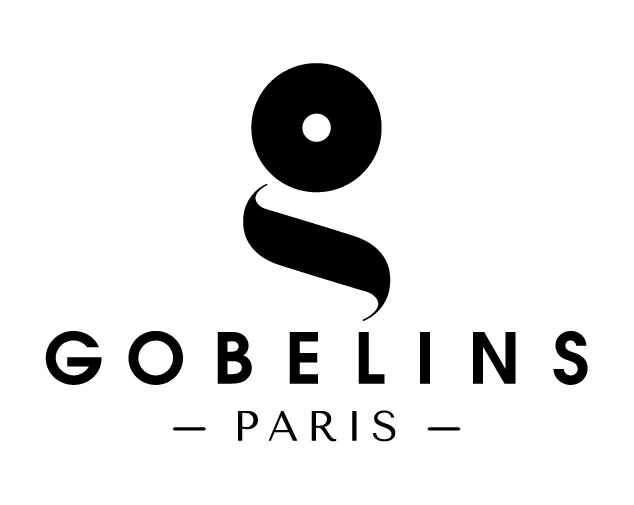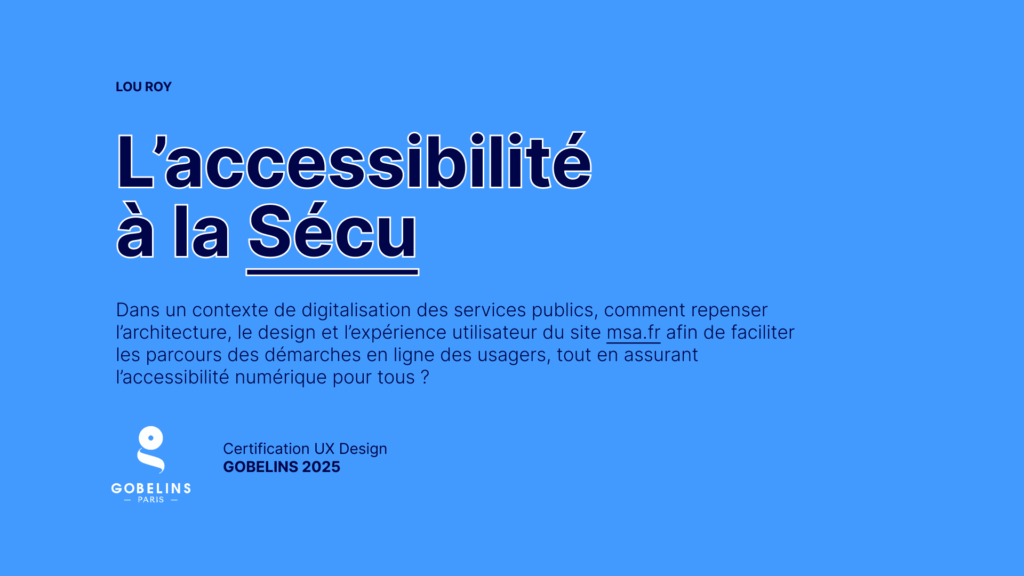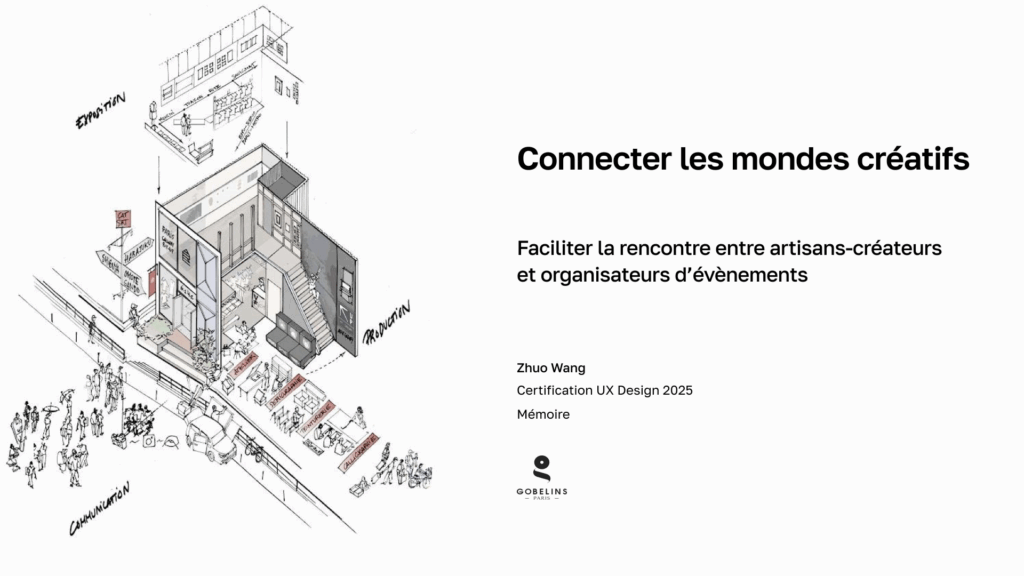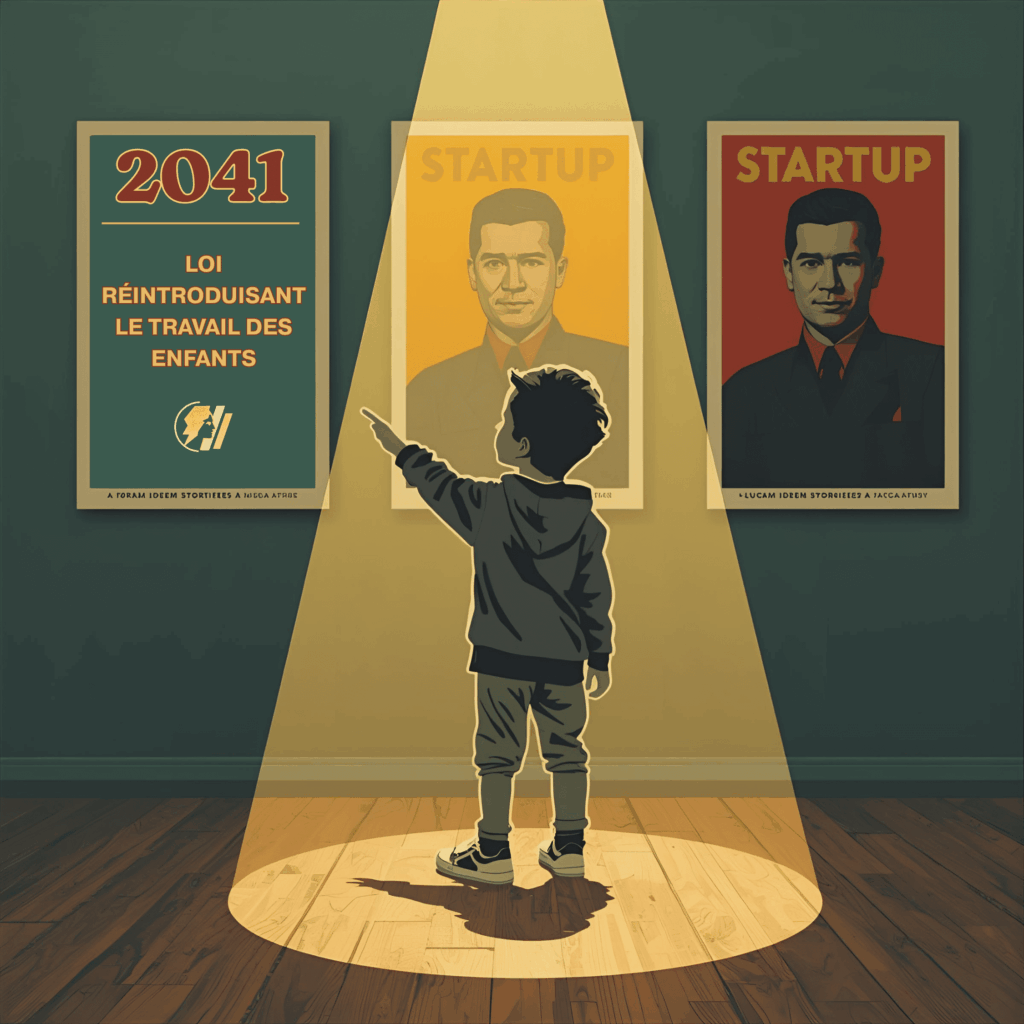Problématique : Comment améliorer l’expérience des voyageurs solitaires pendant leur voyage en France, en Europe, et à l’international ?
Auteur : Jérôme AGUILLON – UX designer Junior
Formation : Certification UX Design 2024
Durée du projet : 3,5 mois
Mémoire : ici
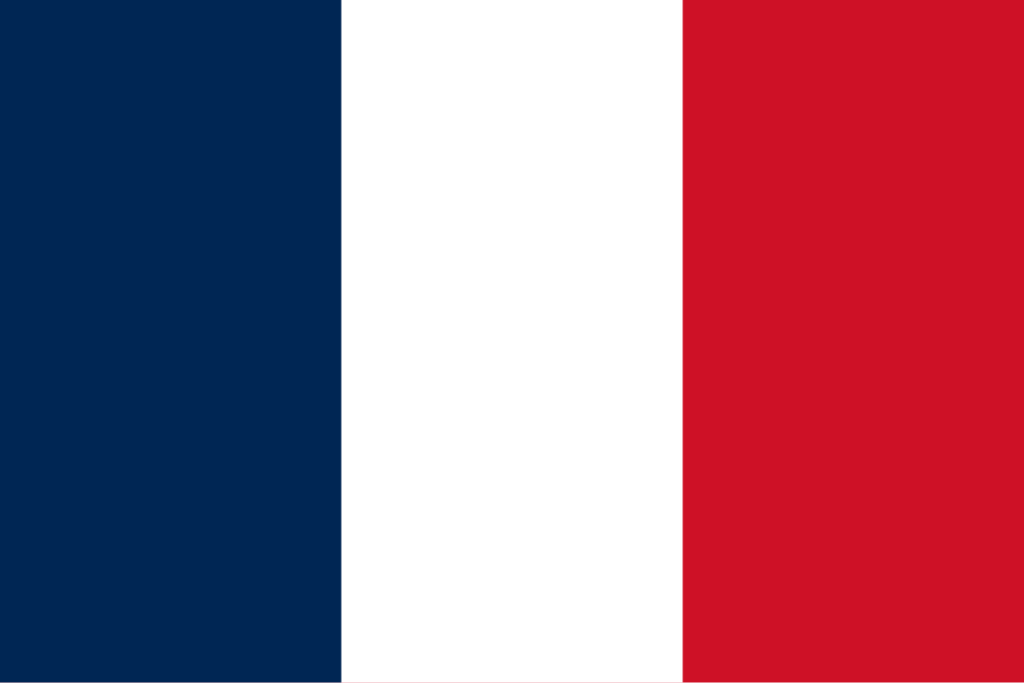
Au cours des dix dernières années, le voyage en solitaire est devenu de plus en plus populaire, avec une augmentation notable de l’intérêt des Français pour ce type de voyage.
En 2019, 25 % des Français étaient prêts à partir seuls en vacances, et ce chiffre a atteint 47 % en 2023 [1] , probablement en raison des restrictions de voyage causées par la pandémie de Covid-19.
Les recherches Google pour « voyager seul(e) » ont également augmenté de 60 % en 2022 par rapport à l’année précédente [2], indiquant un intérêt croissant pour cette tendance.
Comment pouvons nous, en utilisant les méthodes UX, améliorer l’expérience des voyageurs solitaires pendant leur voyage ?
De quelle manière pouvons nous répondre à leurs besoins prioritaires, ou même à un besoin unique encore peu pris en compte, pour enrichir leur expérience ?
Pour répondre à ces questions, j’ai commencé par découvrir le monde du voyageur solitaire, à parcourir des ouvrages et des études afin d’aborder une série d’entretiens individuels pour établir une liste des besoins et des difficultés, et confectionner des personae.
Il a été vérifié que les trois principaux besoins étaient : les interactions sociales avec d’autres voyageurs et locaux, la sécurité durant le séjour (tant physique que mentale), et la nécessité de respecter leur budget.
J’ai pu créer un atelier d’idéation pour challenger les participants autour d’une éventuelle solution pour chacun des trois besoins. À l’issue de cet atelier, j’ai étudié et vérifié l’existant pour valider la proposition de solution émergeant de l’atelier. Pour enrichir cette
idée, un second atelier a été mené afin d’explorer les fonctionnalités essentielles.
Enfin, imprégné de toutes ces connaissances, j’ai défini l’architecture de l’information, puis la promesse de l’application. J’ai créé une identité visuelle et un storytelling complet. J’ai ensuite poursuivi avec des wireframes et développé un prototype basé sur ces insights.
La phase de test a ensuite validé la solution et mis en lumière des améliorations à apporter pour un MVP [3] opérationnel.
[1] eDreams. (2020). Étude sur les voyages en solo des Français. eDreams.fr.
[2] Google Search (2023). “Voyager seul·e” ou l’émergence des offres solo Lucile Le Goallec/avril 2023.
[3] MVP : Minimum Viable Product.

How can we improve the experience of solo travelers during their journey in France, Europe, and internationally ?
Over the past ten years, solo travel has become increasingly popular, with a notable rise in interest among the French for this type of travel.
In 2019, 25% of French people were willing to go on vacation alone, and this figure reached 47% in 2023 , likely due to the travel restrictions caused by the Covid-19 pandemic. Google searches for « travelling alone » also increased by 60% in 2022 compared to the previous year , indicating a growing interest in this trend.
How can we, using UX methods, improve the experience of solo travelers during their trips? How can we address their priority needs, or even a unique need that has been overlooked so far, to enhance their experience?
To answer these questions, I began by exploring the world of solo travelers, reviewing books and studies in order to conduct a series of individual interviews to establish a list of needs and challenges, and to create personas.
It was verified that the three main needs were: social interactions with other travelers and locals, safety during the trip (both physical and mental), and the need to stick to their budget.
I was able to create an ideation workshop to challenge participants around potential solutions for each of these three needs. At the end of this workshop, I studied and reviewed existing solutions to validate the proposal that emerged from the workshop. To further develop this idea, a second workshop was conducted to explore essential features.
Finally, armed with all this knowledge, I defined the information architecture and then the promise of the application. I created a visual identity and a complete storytelling. I then proceeded with wireframes and developed a prototype based on these insights.
The testing phase subsequently validated the solution and highlighted some improvements to be made for an operational MVP[3] .
[1]. eDreams. (2020). Study on French solo travel. eDreams.fr.
[2]. Google Search (2023). “Travelling alone” or the emergence of solo offers Lucile Le Goallec/avril 2023
[3] MVP : Minimum, Viable Product.
